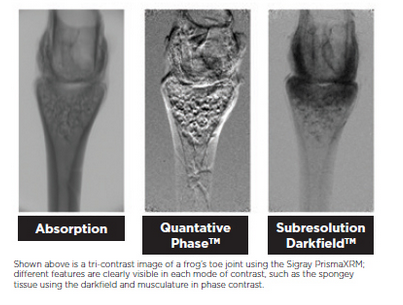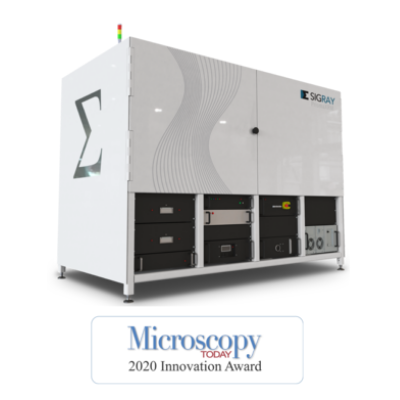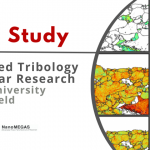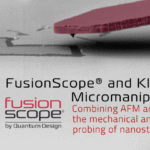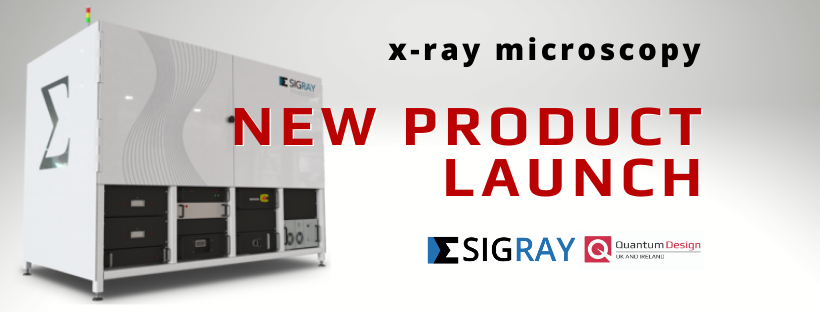
Sigray PrismaXRM SUB-MICRON 3D X-RAY MICROSCOPE
Back in Autumn 2020, Sigray launched the next generation PrismaXRM submicron 3D X-Ray microscope that brings synchrotron performance to your lab. With industry leading spatial resolution 0.5µm for 3D tomography, voxel size below 60nm and the most advanced contrast imaging modes, you will be able to see things never before possible.
THE PRISMA XRM HAS ALREADY WON THE 2020 MICROSCOPY TODAY INNOVATION AWARD thanks to its flexible customisable platform. It incorporates the latest developments in x-ray technology, including a diamond backed transmission x-ray source, diffractive x ray gratings and novel photon counting detector technology that take performance to the next level.
Sigray has revolutionised XRM with tri-contrast imaging. While X-ray absorption contrast microscopy has come a long way in recent times, there are still features and details that it cannot detect. Sigray now offer two addition imaging modalities that are simultaneously acquired.
Quantitative Phase™ -a completely, phase contrast mode that provides quantitative access to refractive index and compositional information
Sub resolution Darkfield™ – reveals microstructural changes. including cracks and voids that are otherwise invisible in absorption contrast
These new contrast imaging modes now allow you to see hidden defects (cracks and voids) and quantitative information on density to improve segmentation.
With these new imaging modes and resolution. the PrismaXRM is ideal for applications including:
Materials – Carbon Fibre Reinforced Plastics (CFRP composites)
Biomaterials – Unstained biological tissues (plants and animals)
Energy – Batteries and fuel cells – in operando and in situ
Failure Analysis – Cracks, voids and delamination previously invisible for x-ray microscopy are now visible using the PrismaXRM’ s unique Quantitative Phase and Sub resolution Darkfield contrasts
In situ Experiments – Three phase flow, crack propagation, tensile and loading. Tri-contrast is particularly powerful for imaging in situ experiments.
